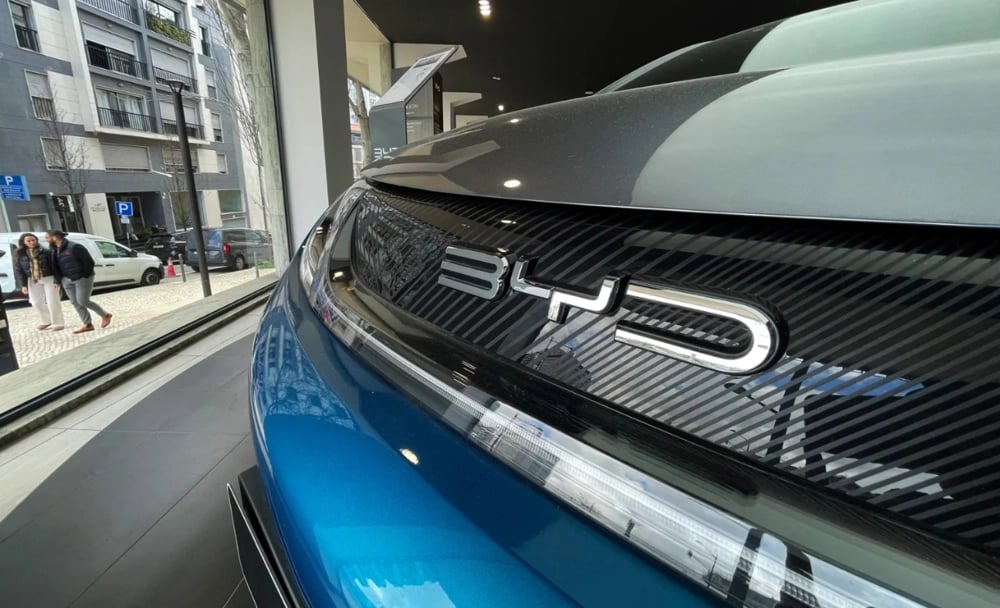BYD’s Record May Performance Reshapes China’s EV Sector
In May 2025, BYD Co. $1211.HK reached its strongest monthly sales of the year, following the introduction of substantial dealership discounts in the final days of the period. The automaker reported 382,476 vehicles sold, including 376,930 passenger cars—a figure that marks a significant uptick relative to earlier months.
The sales boost directly followed BYD’s decision to cut prices by as much as 34%. This strategic move reinvigorated showroom activity, drawing heightened consumer attention and accelerating purchase decisions, particularly among price-sensitive buyers within the competitive new energy vehicle (NEV) landscape.
Sector-Wide Domino Effect
BYD’s aggressive price reductions had immediate repercussions throughout the broader automotive sector. Competing Chinese NEV manufacturers swiftly responded with their own discount campaigns, intensifying the ongoing market rivalry. This environment of price competition heightened short-term sales figures across several brands but raised concerns regarding overall profitability within the sector.

Stock Market Impact of BYD’s Pricing Strategy
The financial markets reflected mounting anxiety about eroding margins. Following BYD’s discount initiative, shares of BYD and other listed EV manufacturers experienced steep declines. Investors interpreted these actions as an indicator of a potential margin squeeze, as well as a sign of intensifying industry headwinds.
Key Dynamics Shaping the Current Environment
BYD reported the highest monthly sales volume in 2025, driven by end-of-May discounting.
The price reductions, up to 34%, forced competitors to adjust their pricing strategies to defend market share.
Accelerated sales growth was achieved at the expense of compression in profit margins across the sector.
Negative investor sentiment was manifested in a marked drop in share prices for BYD and peer automakers.
The ongoing price war is reshaping both short-term market balance and long-term sector profitability.

Strategic and Market Implications
BYD’s latest performance underlines the pivotal role of tactical pricing within China’s rapidly evolving electric vehicle market. While short bursts of demand can be engineered via aggressive discounting, the broader consequences include intensified price wars, reduced margins, and higher volatility for publicly listed EV names. The dynamic signals a challenging balancing act for automakers looking to expand their market presence without undermining core financial fundamentals.
Long-term Sector Outlook
China’s NEV manufacturers are facing elevated competitive pressure as discount-driven demand spikes become a common theme. While increased sales volumes offer a near-term boost, sustained price aggression may threaten sector stability. Continued innovation, operational efficiency, and balanced capital allocation will be key for retaining resilience in a market rapidly moving toward price-based competition.















Comments
Such developments emphasize the critical role automation plays in next-gen innovation